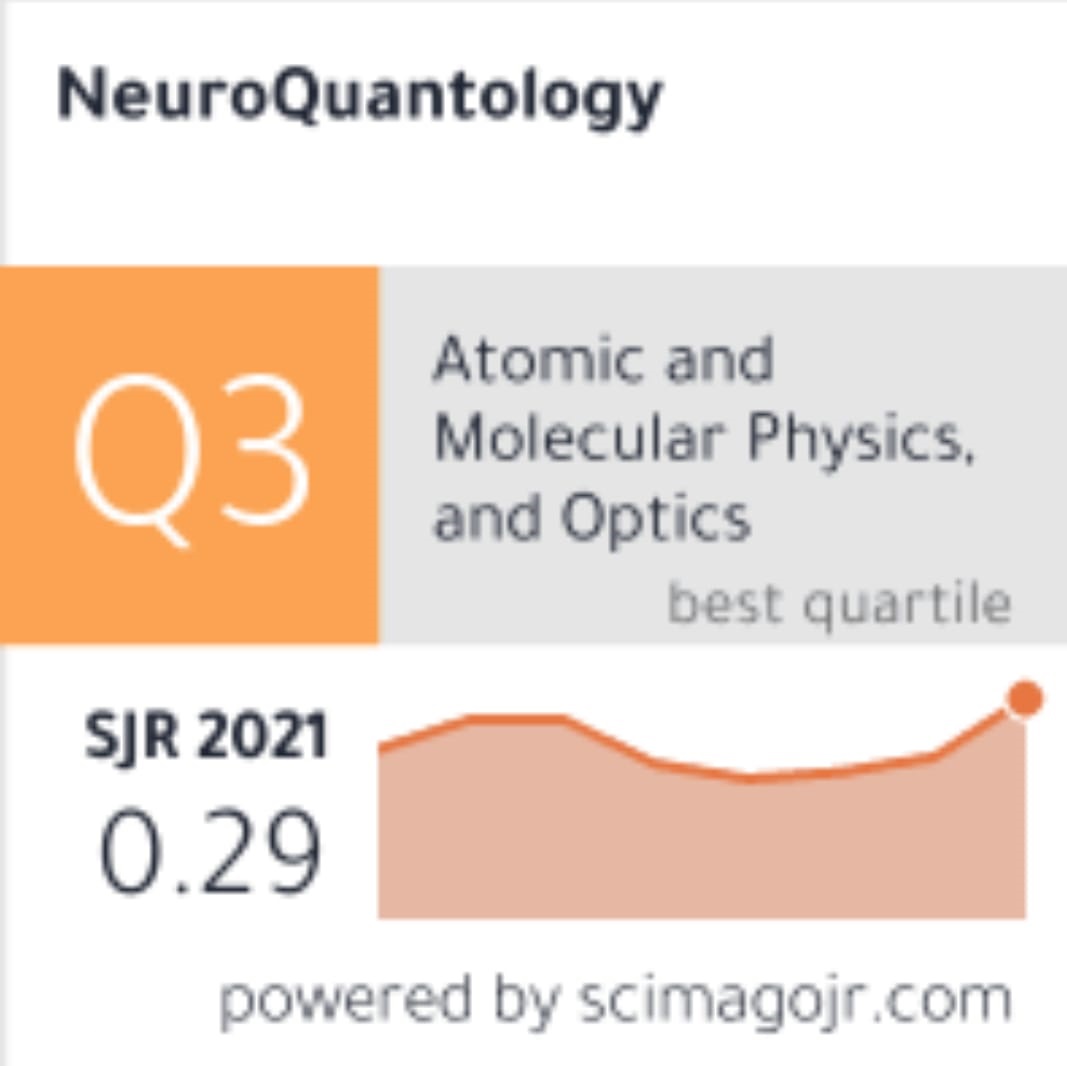


Volume 20 No 8 (2022)
Download PDF
Application of UTAUT in Analyzing Behavioral Intention to Continue Using the Online Movie Platforms
Hao Yinhua , Megat Al Imran Yasin, Ng Boon Sim , kun yu
Abstract
This study uses the Unified Theory of Acceptance and Use of Technology (UTAUT) model to explore the influence
factors of behavioral intention to continue using the online movie platforms (OMP) with Structural Equation Modeling.
In this study, the model was extended to predict customer use of OMP by adding the PV variable into the UTAUT model
and the key relationship was established by taking HM as a mediator of all the variables to test the behavioral intention
to continue using OMP. Therefore, this study extends the role of HM as a mediator of UTAUT, which incorporates
constructs such as PE, EE, SI, FC, and PV, and it has an important influence on customers’ BI to continue using online
movie platforms. The results show that PE, SI, and FC (except EE and PV) significantly affect the customers’ HM to
continue using the OMP. Moreover, PE and HM (except EE, SI, FC and PV) significantly affect the customers’ BI to
continue using the OMP. In addition, HM has a significant mediating effect on PE, SI, and FC for customers’ BI to
continue using OMP, while the mediating effect of HM on EE and PV for customers’ BI to continue using OMP is not
significant. The results of this study are important for customers and for-profit organizations of OMP to understand
the significant factors that influence the use of OMP, which can help them address new issues
Keywords
UTAUT; Behavioral Intention; Online movie platform; Influence factors; Hedonic motivation
Copyright
Copyright © Neuroquantology
Creative Commons License
This work is licensed under a Creative Commons Attribution-NonCommercial-NoDerivatives 4.0 International License.
Articles published in the Neuroquantology are available under Creative Commons Attribution Non-Commercial No Derivatives Licence (CC BY-NC-ND 4.0). Authors retain copyright in their work and grant IJECSE right of first publication under CC BY-NC-ND 4.0. Users have the right to read, download, copy, distribute, print, search, or link to the full texts of articles in this journal, and to use them for any other lawful purpose.
